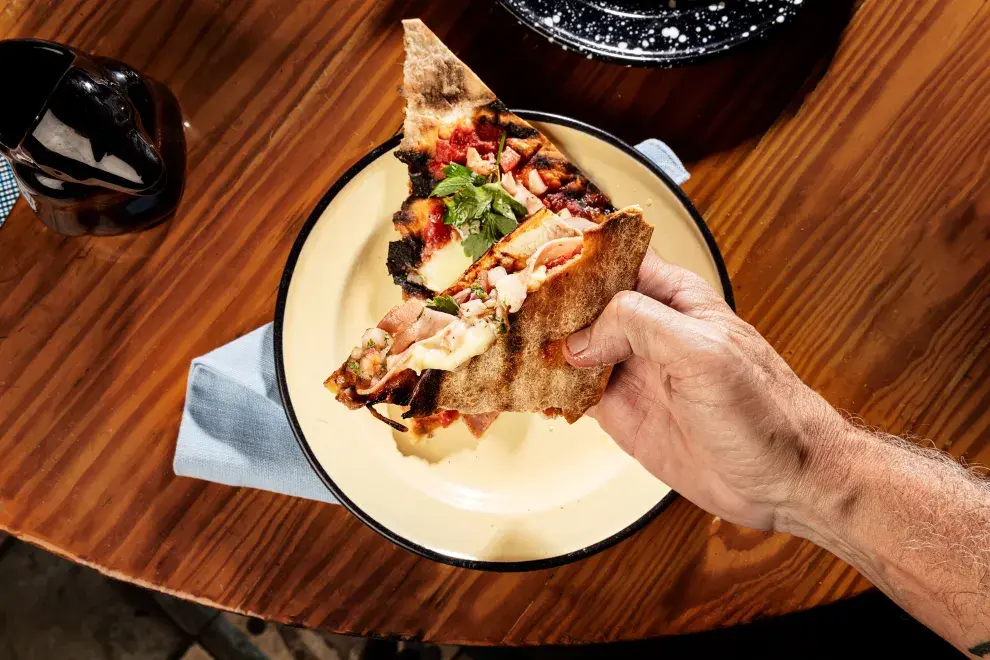Argentina’s culinary landscape is as diverse as its regions, offering experiences that span from the smoky ritual of wood-fired parrillas to the cheesy indulgence of Argentine-style pizza. In this guide, we journey through the capital’s most cherished eateries—both iconic and under-the-radar—and reveal how tradition and innovation merge to shape a food culture that resonates with locals and visitors alike.
Don Julio
Iconic Parrillas and Grill Houses
At the heart of Argentina’s food identity lies the parrilla, where fire, smoke, and expertly sourced beef come together in a time-honored performance. Don Julio, nestled on Guatemala Street in Palermo, showcases the pinnacle of this tradition. Its selection of grass-fed Argentine cuts is grilled over wood embers by seasoned parrilleros who coax out a signature smoky crust while preserving the meat’s succulence. The restaurant’s intimate terrace seating, extensive Malbec-forward wine list, and warm, attentive service reflect why it has become a pilgrimage site for steak aficionados.
We selected Don Julio for its unwavering commitment to quality at every step—from provenance of its Hereford and Angus cattle to the precise temperature control of its embers. This venue embodies the essence of the Argentine asado ritual, offering a consummate introduction to the country’s grill culture and setting a benchmark for all parrillas to follow.
Farm-to-Table Bistros and Seasonal Sourcing
As the farm-to-table movement gains momentum, forward-thinking chefs in Buenos Aires are forging direct alliances with small-scale producers and urban growers. El Preferido de Palermo stands at the forefront of this evolution, with a menu that shifts daily to highlight organic vegetables, heirloom tomatoes, and house-cured charcuterie sourced from nearby cooperatives. Its sunny terrace invites diners to savor dishes that feel both nostalgic and refreshingly modern, accompanied by a curated selection of local wines and artisanal beers.
We chose El Preferido de Palermo for its exemplary integration of local sourcing and sustainability. By maintaining transparent producer relationships and adapting menus to seasonal harvests, this bistro not only delivers vibrant flavors but also reinforces the link between city dining and the surrounding agricultural landscape.
The Pizza Tradition in Buenos Aires
Pizza in Argentina transcends its Italian origins, evolving into a distinct culinary expression loved by porteños. The city’s pizzerías serve a range of styles: from the thick, bready base of fugazza topped with onions and cheese to the indulgent fugazzeta rellena, brimming with mozzarella between layers of dough. Equally popular is the thin, crisp pizza de molde, cut into large squares and often enjoyed alongside a glass of Fernet and cola.
Neighborhood institutions such as Güerrin and El Cuartito on Corrientes Avenue offer an all-day pizza counter experience where slices are sold by weight, creating a bustling, convivial atmosphere. The diversity of toppings—from local olives and provoleta cheese to regional cured meats—illustrates how Argentines have embraced and personalized pizza. For visitors, sampling both traditional and contemporary toppings reveals the depth of this beloved comfort food.
Street Food Staples: Empanadas, Choripán, and Beyond
Beyond restaurants, Buenos Aires’s sidewalks and plazas host a vibrant street food scene that showcases the nation’s love for handheld bites. Empanadas—pastries filled with spiced beef, ham and cheese, or sweet corn—are sold from carts and bodegones, each region imparting its own seasoning signature. The choripán, a simple chorizo sausage served in a crusty roll with chimichurri, offers a portable taste of the grill and remains a staple at vendors near stadiums and public gatherings.
Other essentials include provoleta, a skillet of melted provolone seasoned with oregano and chili flakes, and lomito, a sandwich of thinly sliced beef tenderloin topped with lettuce, tomato, and mayonnaise. Sampling these on the move provides an authentic glimpse into local habits, where quality ingredients shine in the most unpretentious formats.
Ethnic Influences and Fusion Trends
Argentina’s rich immigrant history has left an indelible mark on its culinary identity. Italian and Spanish arrivals introduced pasta and pizza, while Middle Eastern communities brought pastries like kifli and shawarma stands. More recently, chefs have embraced Nikkei fusion, marrying Peruvian techniques with Japanese precision to create ceviches and tiraditos that balance acidity, heat, and umami.
In Palermo and Recoleta, contemporary eateries experiment with global ingredients—quinoa risottos, jackfruit tacos, and Asian-inspired dumplings—yet always anchor their menus with local produce and beef. This blending of traditions underscores Buenos Aires’ status as a gastronomic melting pot, where innovation honors heritage and every meal tells a story of cultural exchange.
